Contemporary Cubism in Austin Eddy's Studio
Growing up, cubism was pretty much a part of my visual vocabulary. Perhaps it was because cubism’s greatest pioneer, Pablo Picasso, was such a prolific painter, sculptor, printmaker and ceramicist, that his works were widely available for the enjoyment of museum-goers whether in my native Venezuela or in one of the many trips I did with my parents as a child.
Unsurprisingly, then, I’ve always been enthralled by multiple perspectives coexisting in a canvas, successive points of views with completely different angles all encapsulated in one single art piece.
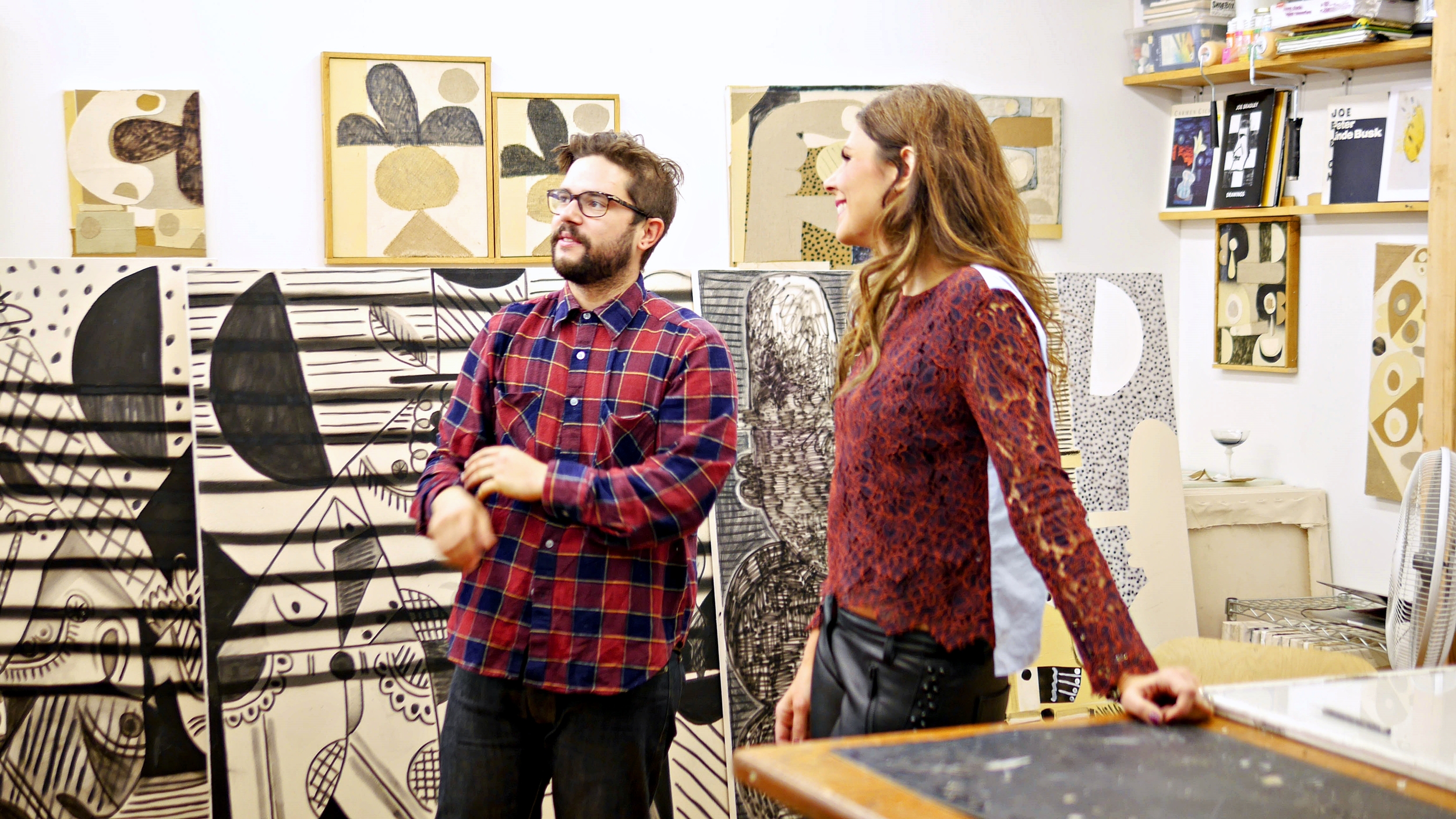
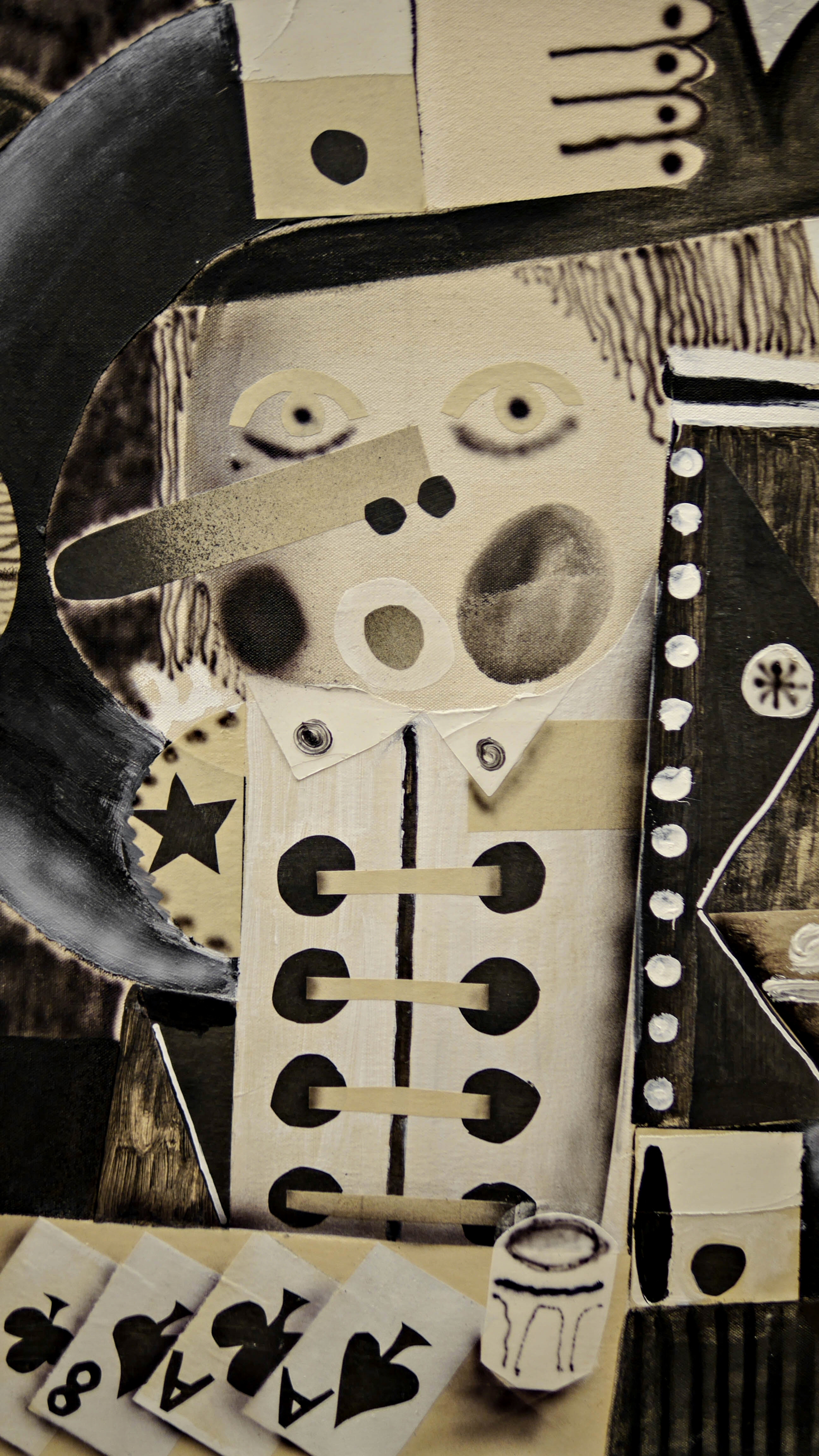
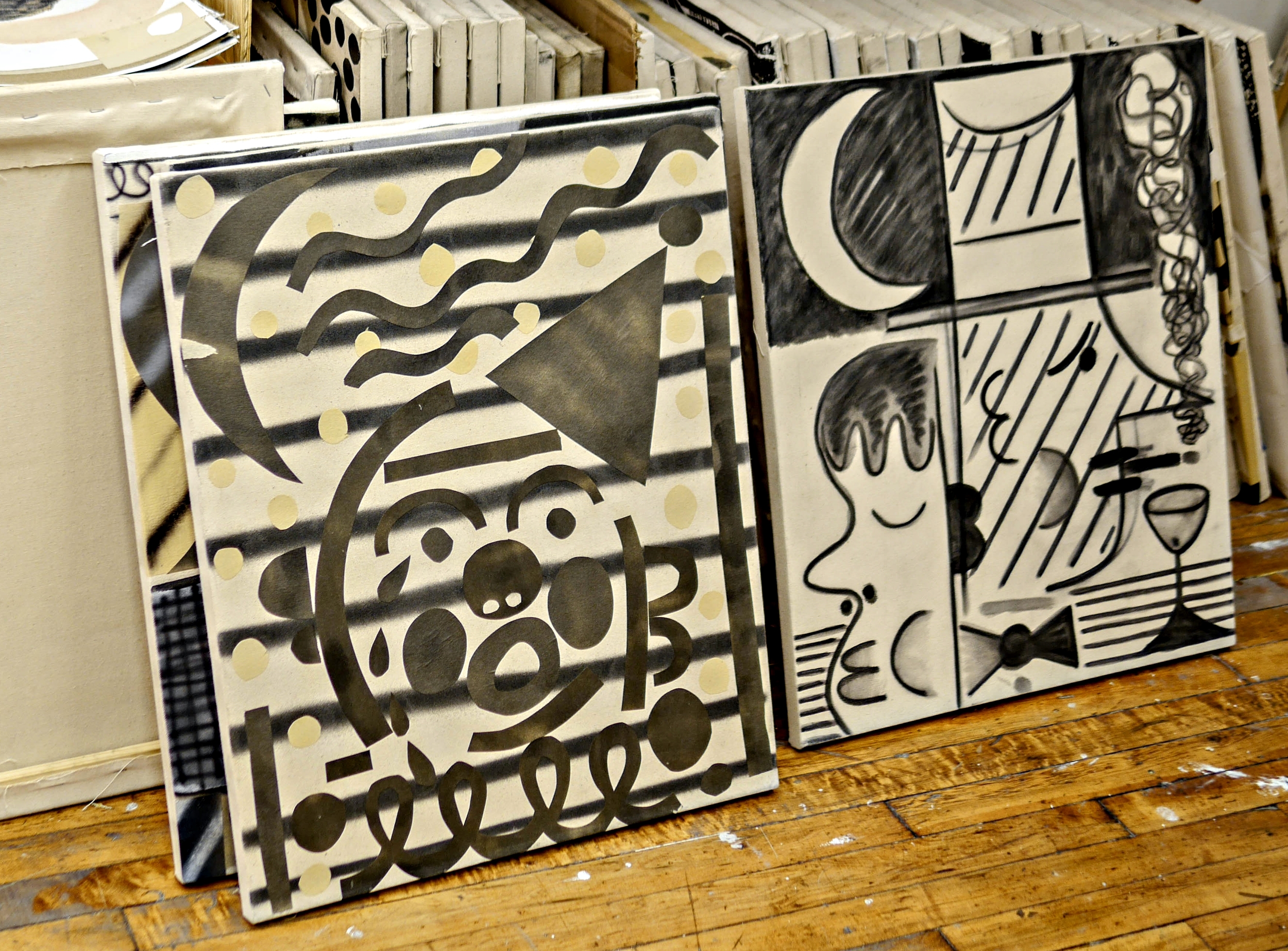
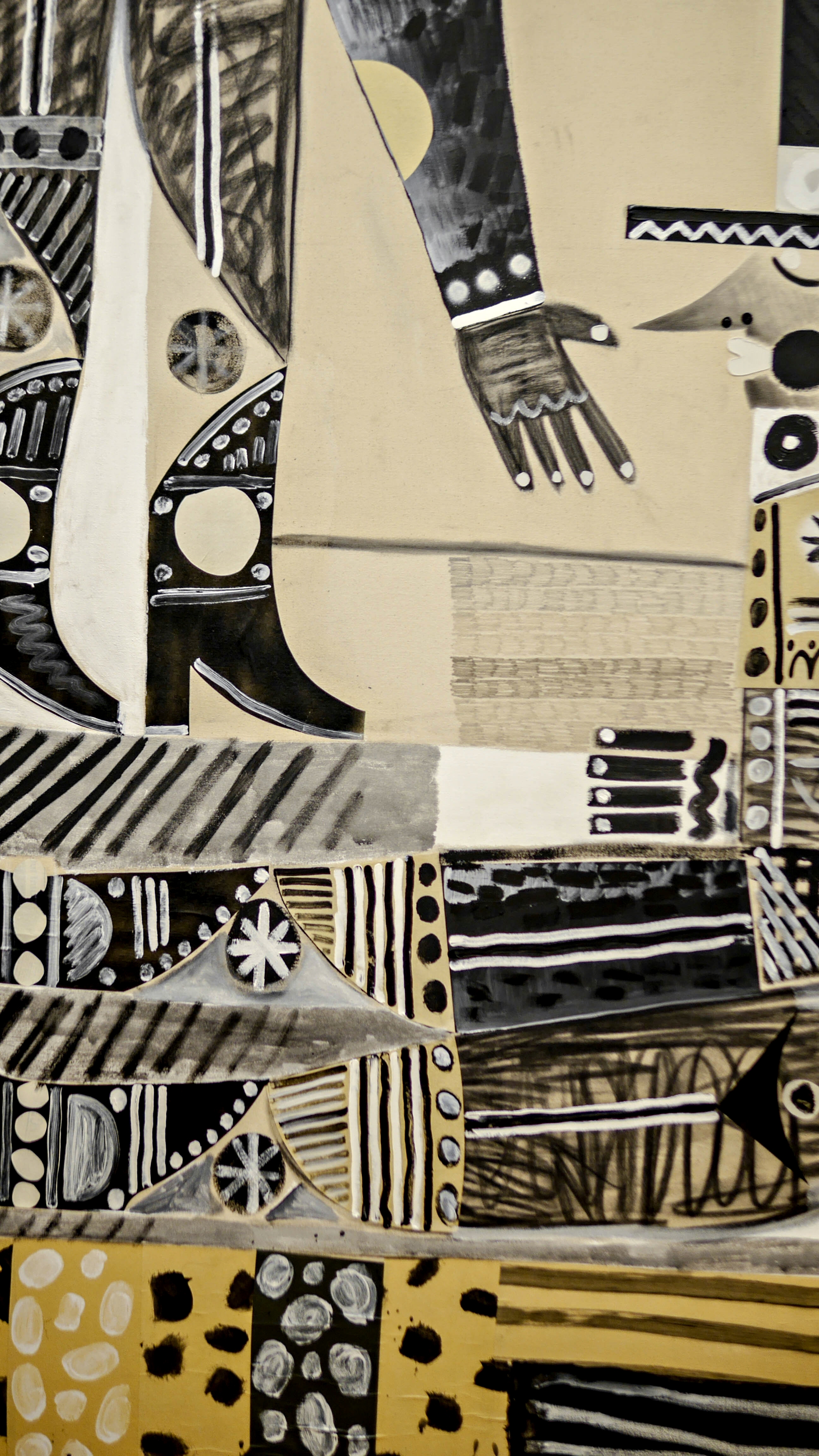
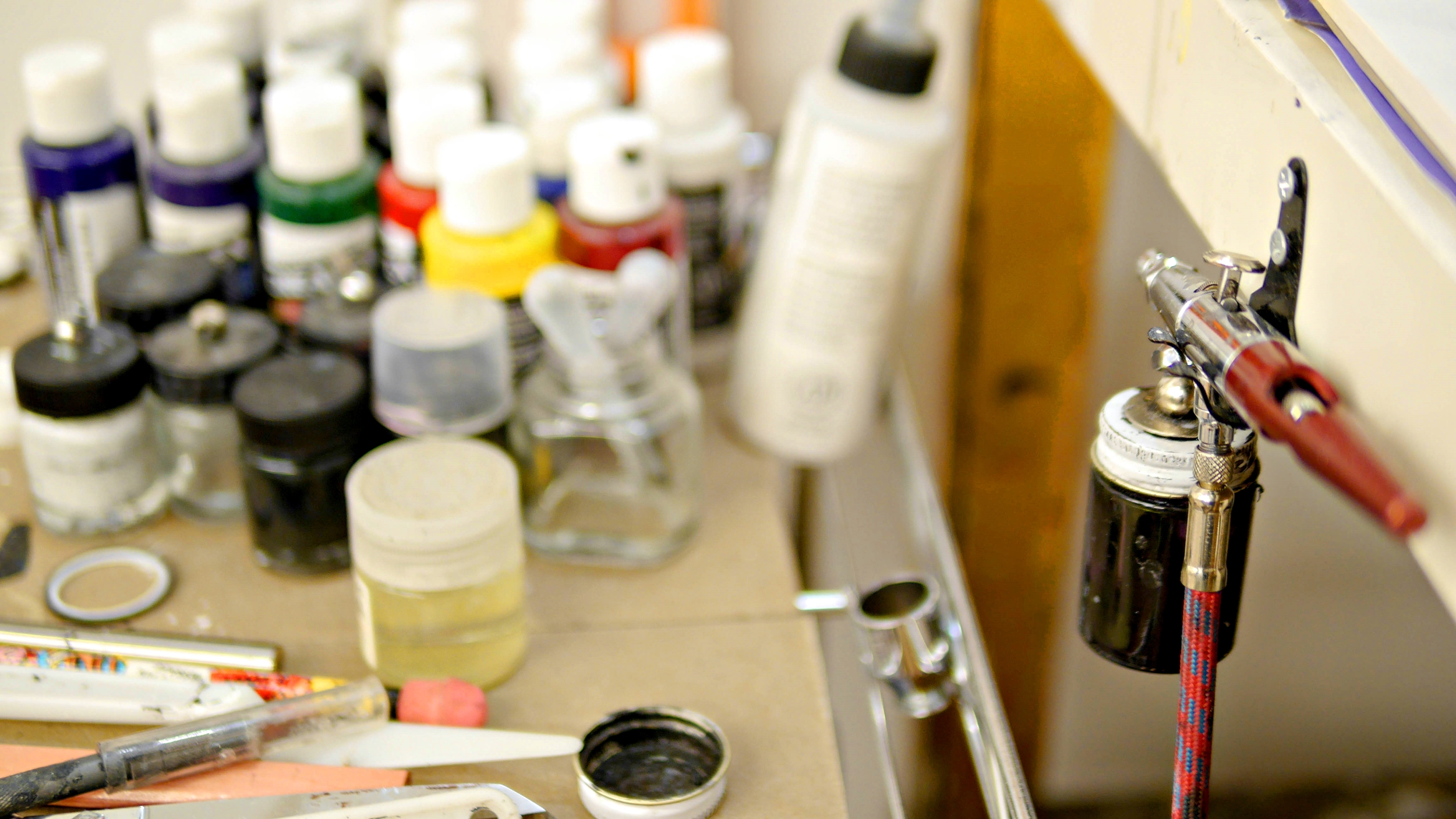
It was during NADA in New York this past spring where I stumbled upon the works of Austin Eddy whose pieces were being shown in the booth of Roberto Paradise. I immediately became interested. Austin successfully accomplished something where a lot of artists fail: to refresh cubism in a way that feels new and compelling. And so I went to visit him in his studio and was fascinated by his paintings on raw canvases. Mostly, Austin uses charcoal, spray paint and mixed media to create portraits and situations which, in many ways, are autobiographical tragicomedies.
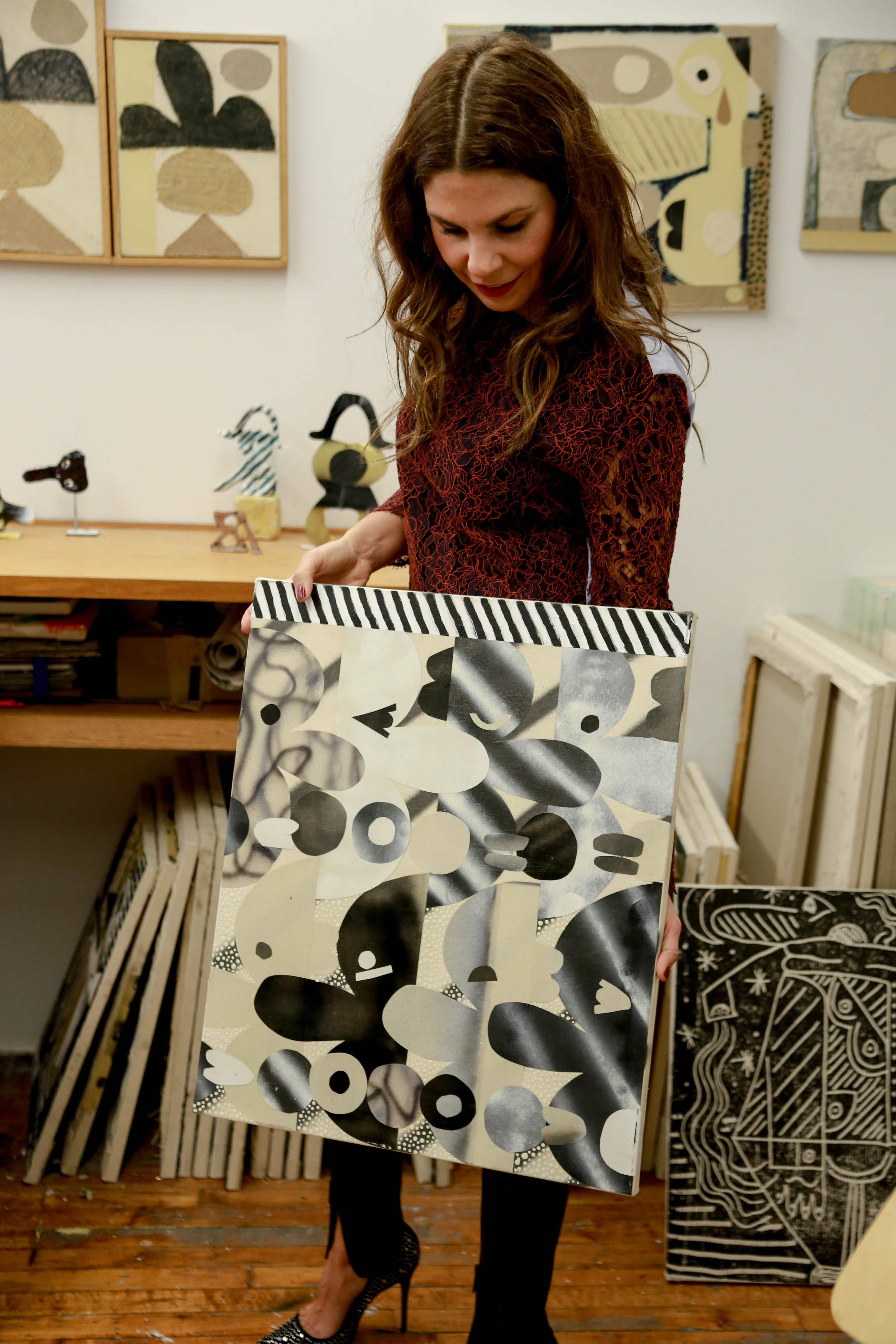
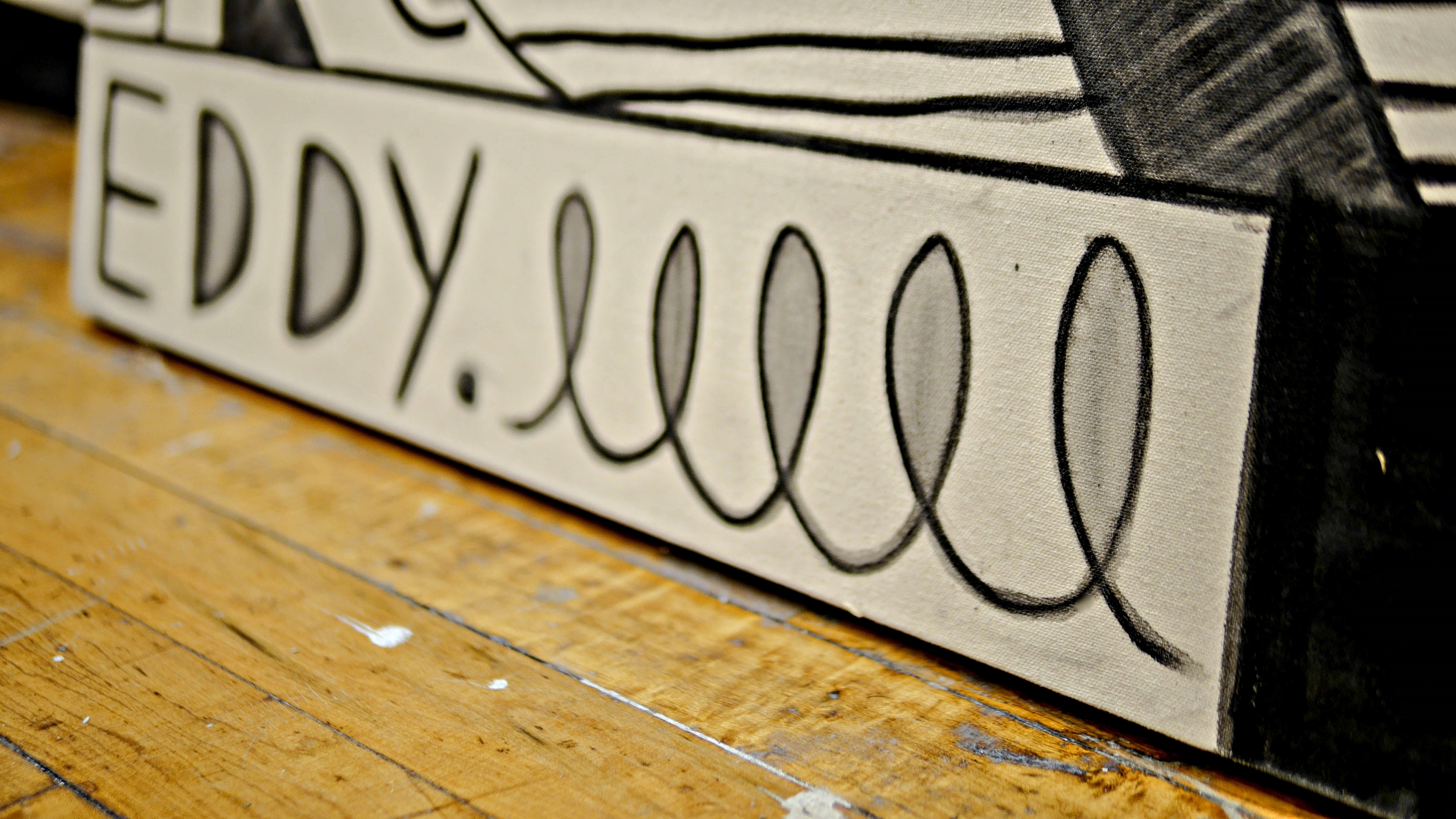
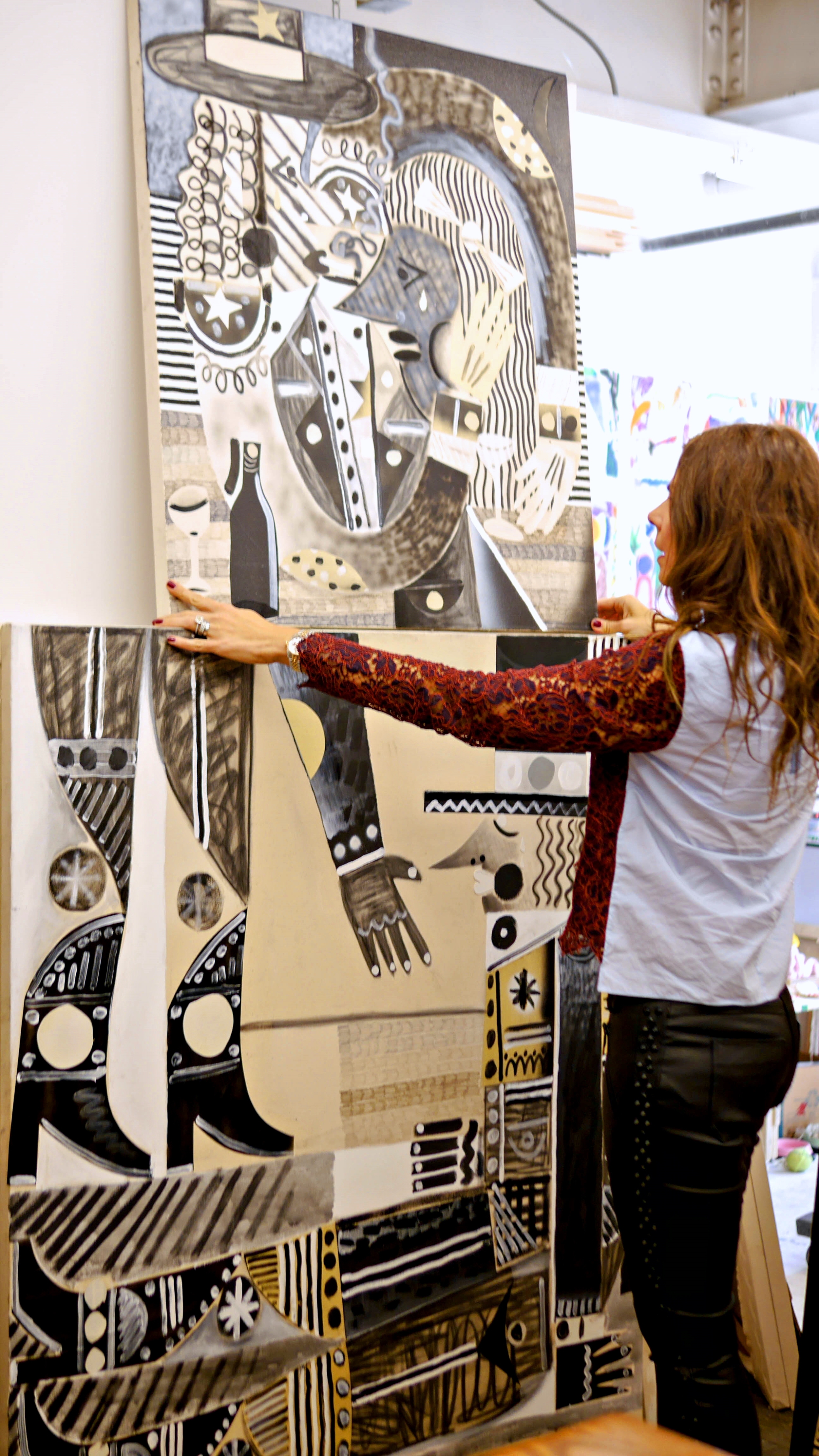
There is irony, humor, romance and depth in each of Austin’s works. And he is not afraid to say that many of his pieces are about love and loneliness. Using a neutral palette and a monochromatic approach, his work is so gripping that I’m completely smitten, even when I’m always such a proponent of color.

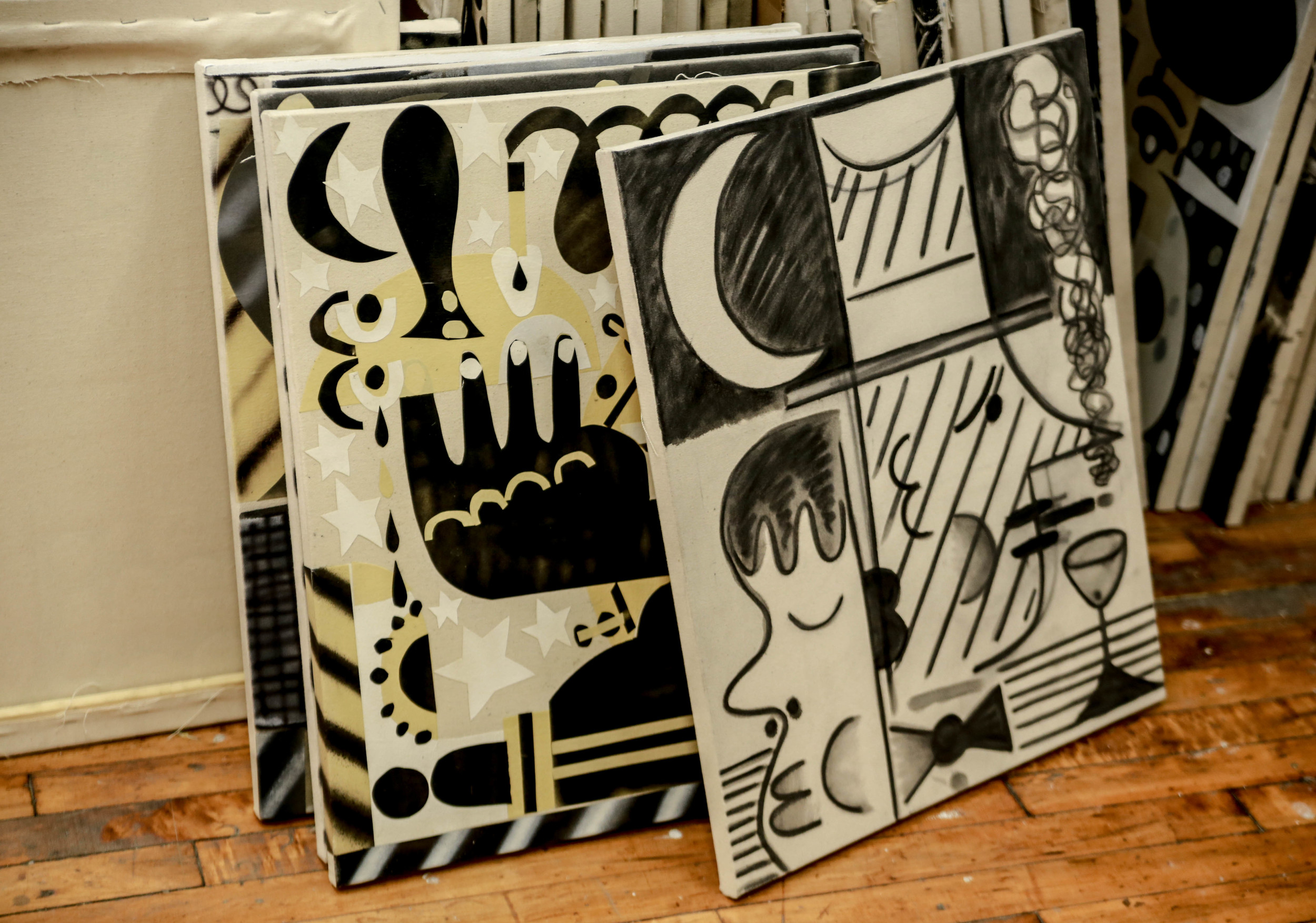
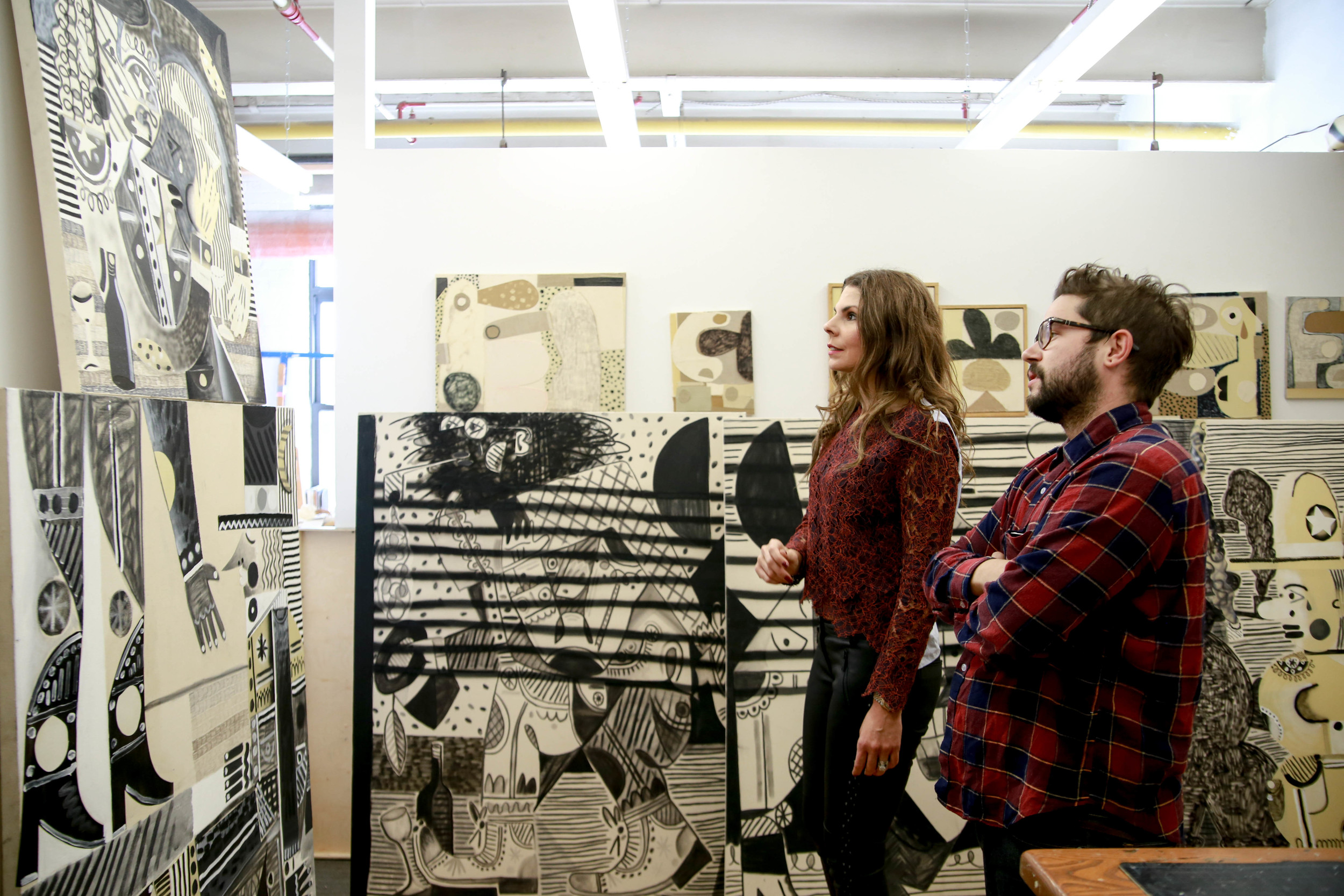
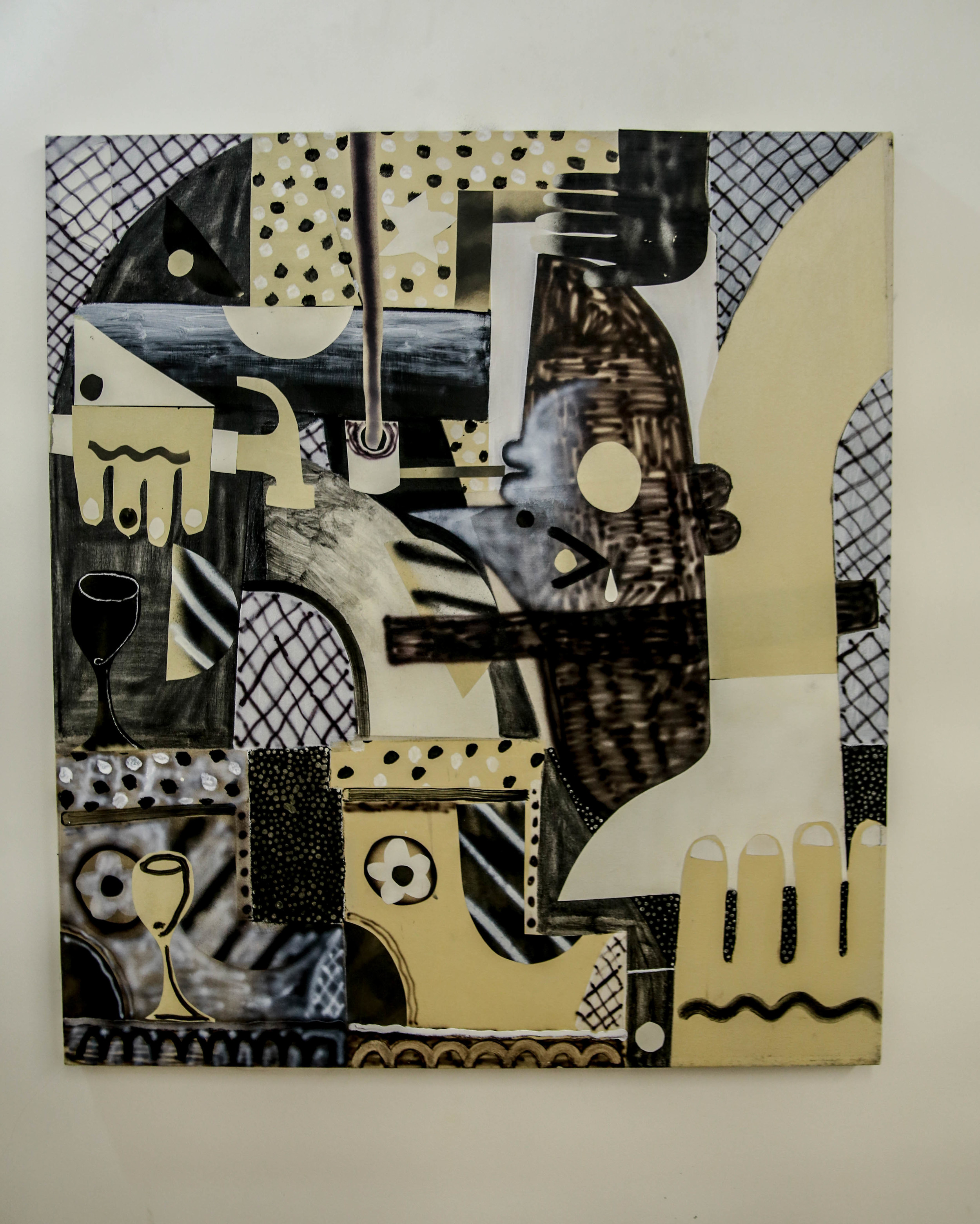

That’s the beauty of Austin Eddy’s pieces: he doesn’t need the color, he doesn’t need to overdo his canvases; he knows when to stop and how to create strong stories that possess their own pictorial idiom and which don’t need any bells or whistles.





